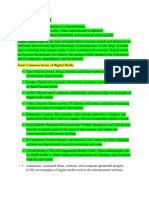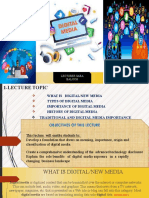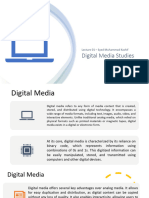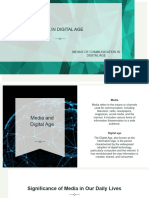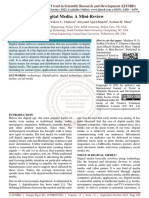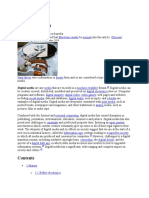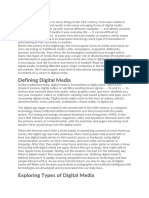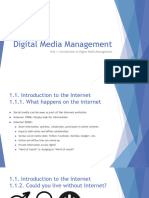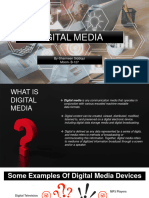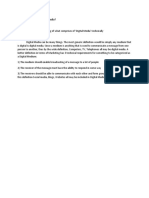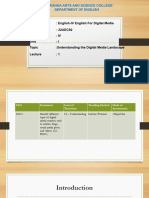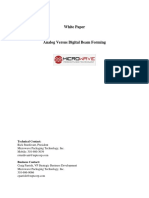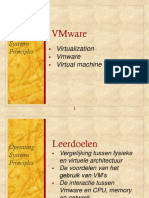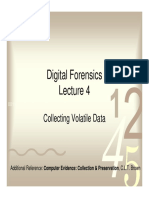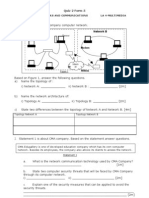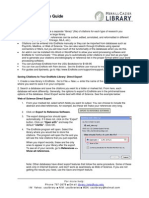0% found this document useful (0 votes)
32 views2 pagesUnderstanding Digital Media
Understanding Digital Media explores the transformation of content creation, delivery, and consumption through digital technology. It highlights the core elements such as content, technology, distribution, and interactivity, emphasizing the importance of speed, customization, engagement, and innovation. The document also discusses the types of digital media, its applications in various fields, and essential skills needed to navigate this landscape.
Uploaded by
henroybryan94Copyright
© © All Rights Reserved
We take content rights seriously. If you suspect this is your content, claim it here.
Available Formats
Download as DOCX, PDF, TXT or read online on Scribd
0% found this document useful (0 votes)
32 views2 pagesUnderstanding Digital Media
Understanding Digital Media explores the transformation of content creation, delivery, and consumption through digital technology. It highlights the core elements such as content, technology, distribution, and interactivity, emphasizing the importance of speed, customization, engagement, and innovation. The document also discusses the types of digital media, its applications in various fields, and essential skills needed to navigate this landscape.
Uploaded by
henroybryan94Copyright
© © All Rights Reserved
We take content rights seriously. If you suspect this is your content, claim it here.
Available Formats
Download as DOCX, PDF, TXT or read online on Scribd
/ 2
